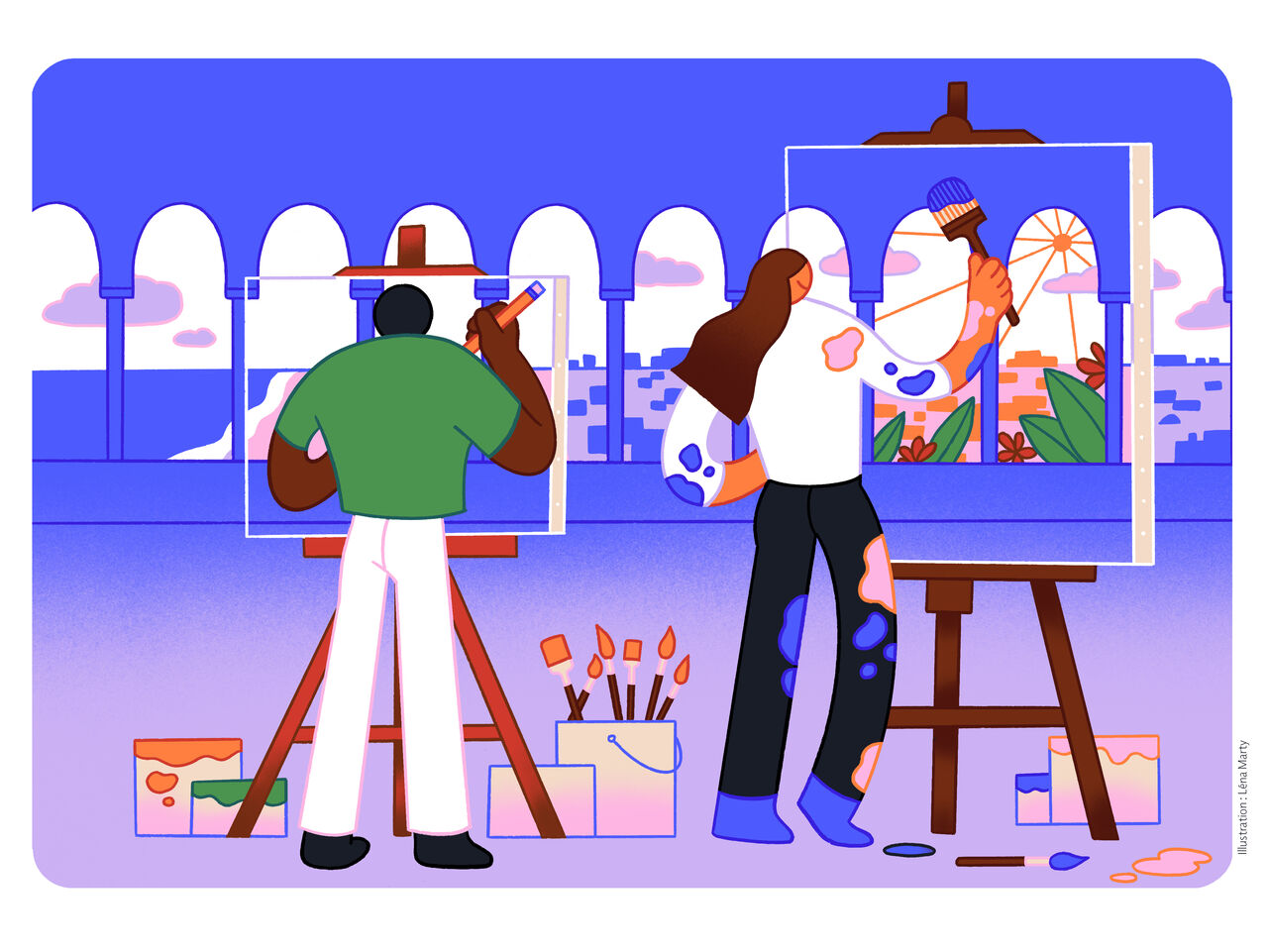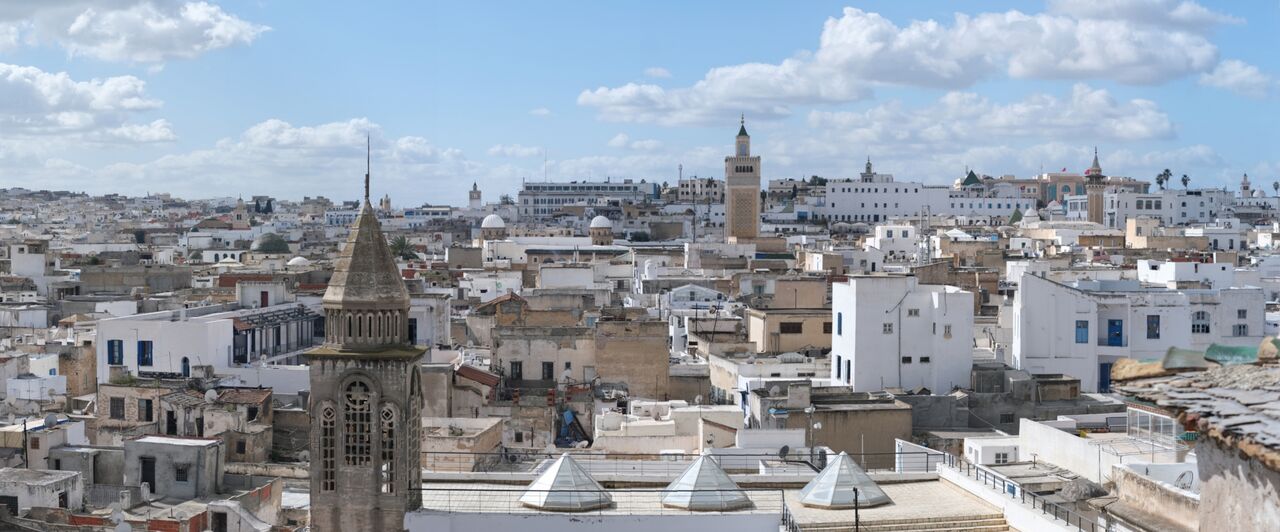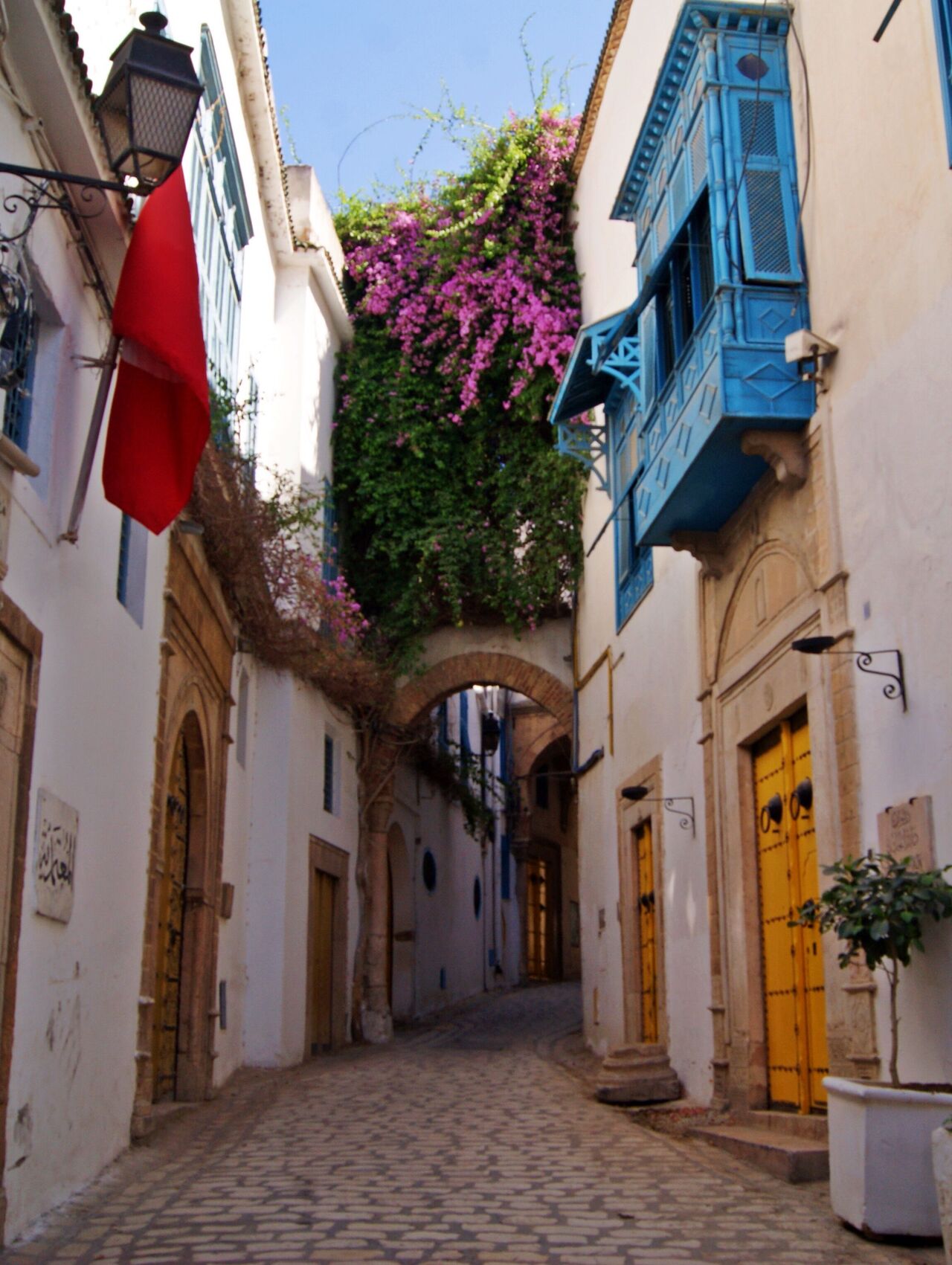MEDINA OF TUNIS
The Medina of Tunis has been a UNESCO World Heritage Site since 1979. Renowned for its historic architecture and age-old craftsmanship, since 2011 it has also gained recognition for its vibrant and growing cultural scene. This renewed dynamism, largely initiated by non-institutional actors, including local residents and non-profit organisations, is contributing significantly to the regeneration of the Medina.
In order to better understand these processes, researchers Eric Gautier Laurent (Université Gustave Eiffel) and Meriem Maazoul (ESSEC Tunis) conducted an ethnographic study in the Medina, supported by Mariem Rekik from UN-Habitat Tunis.
This work resulted in a published chapter entitled “Citizen Cultural Experiences and the Regeneration of Territorial Belonging: The Medina of Tunis” included in the volume Alternative Organisations of Citizenship, available via Cairn.
Prologue
During the month of Ramadan, the Medina becomes the setting for a festival known as “La Médina des Lumières” ("The Medina of Lights"). On this occasion, otherwise closed historical buildings open their doors, enabling the public to wander through exhibitions, concert halls, and even tattoo spaces—offering a striking contrast with the conventional postcard image of the site.
Researchers Eric Gautier Laurent and Meriem Maazoul attended the second edition of the festival in September 2022. Their visit gave rise to a study focused on citizen-led cultural initiatives and the regeneration of territorial ties. The research explores how local or micro-level organisations engage in societal innovation through culturally rooted action.

Based on an ethnographic approach, involving field observations and interviews with organisers and participants from 2022 to 2023, the study analyses their connections to the local area and their interactions with a wide range of stakeholders.
In response, an ad hoc organisation was established to protect it: the Association for the Safeguard of the Medina of Tunis (ASM), initiated on the recommendation of the Municipality. In 1979, the old city was inscribed on the UNESCO World Heritage List. In 2011, it was awarded the label of touristic old city.
Over the course of 55 years, the souks and madrassas have been preserved and restored.
A Medina at the Heart of the Creative Industries
The Medina is no longer only a repository of historical memory. A new form of culture, driven by youth, is emerging.
Rue Pacha exemplifies this evolution. It is home to the Palais Kheireddine, former residence of the Pasha of Tunis in the 19th century, now converted into a museum. The area also hosts a guesthouse, a media library, a cultural centre, and a coworking space.
Numerous events are organised by various associations and NGOs. In the mornings, visitors may participate in workshops; in the evenings, they enjoy live concerts. The Dream City Festival, hosted by the organisation L’Art Rue, presented around fifty artworks across more than 30 different venues throughout the Medina.
These activities foster social cohesion and stimulate employment. Twenty-one micro-enterprises have joined together to form a local interest group.
Thus, the image of the Medina is shifting from that of a solely heritage and artisanal space to one that attracts the creative industries. The aim is to preserve its historical and cultural richness while reintegrating it into its contemporary sociocultural context, empowering residents to reclaim, reinterpret and enhance their urban environment.
“If this event had taken place in a theatre or cinema, it would not have had the same impact…”
A Distinctive Identity, Defended by the Collective
During interviews, the researchers often heard the remark:“If this event had taken place in a theatre or cinema, it would not have had the same impact.” This reflects what participants refer to as the “Tunisian imprint”. The iconic identity of the Medina serves to anchor and strengthen the local cultural community.
In 2000, the ASM launched the restoration of the Medina’s historical buildings by integrating informal neighbourhoods into its urban strategy, with the involvement of local artisans. These craftsmen are instrumental in the area’s intangible cultural activity, such as workshops and events.
The year 2011 marks a turning point: while it remains necessary to obtain municipal authorisations for public events, the city council has adopted a supportive, non-interventionist stance, thereby enabling local actors to take greater initiative.
The State’s efforts to revitalise the Medina’s physical infrastructure and its media representation have yielded positive results. The cultural economy, regulated tourism, and community-driven revitalisation initiatives are now key to ensuring the preservation of the economic fabric and the sustainability of social life within the Medina.
This urban space constitutes a meaningful anchor for its residents and encompasses three intertwined dimensions: identity, social connection, and historical legacy.


